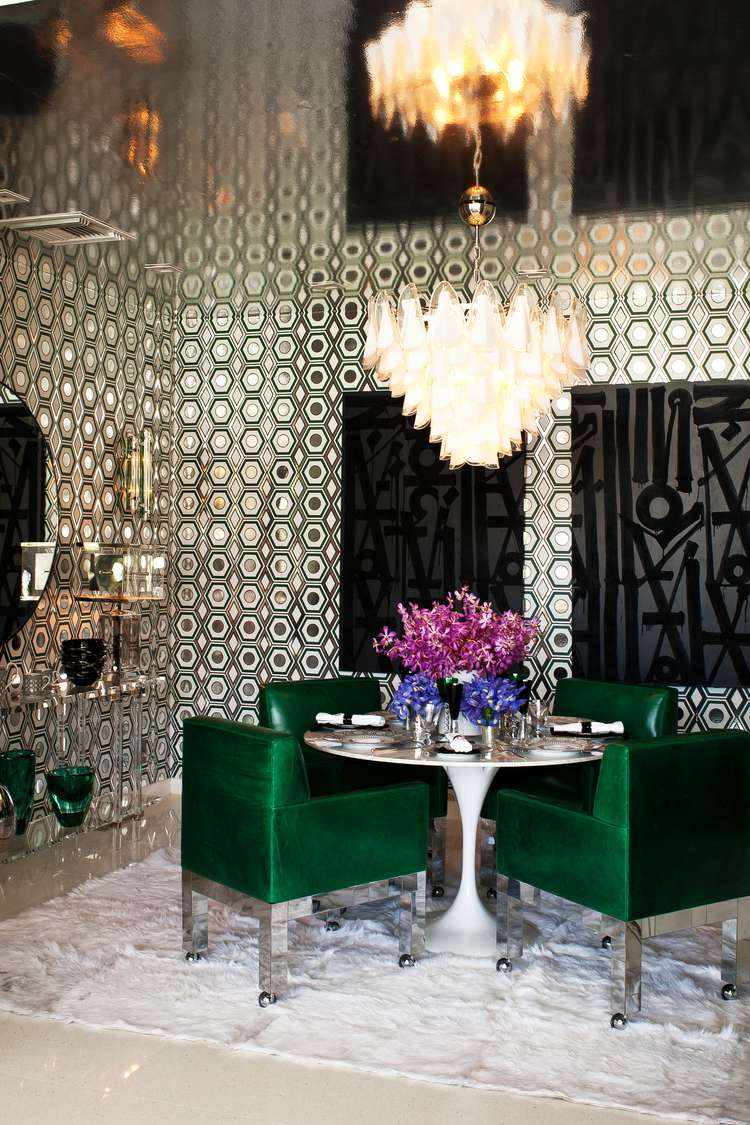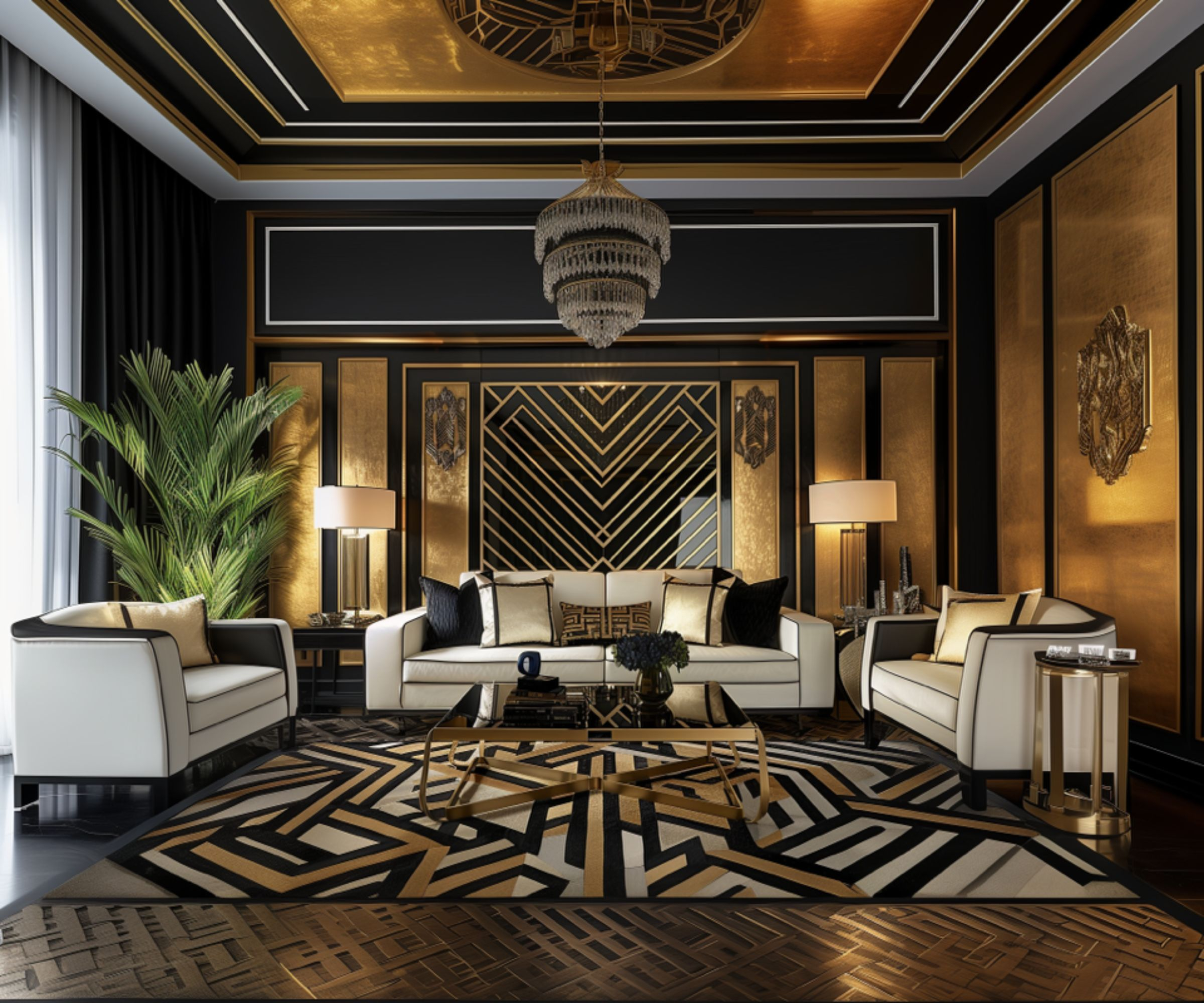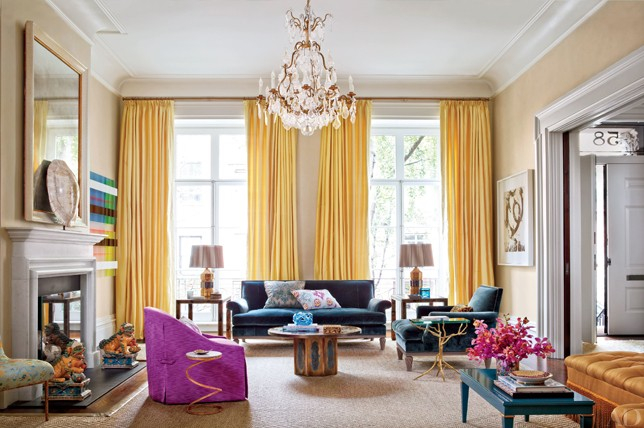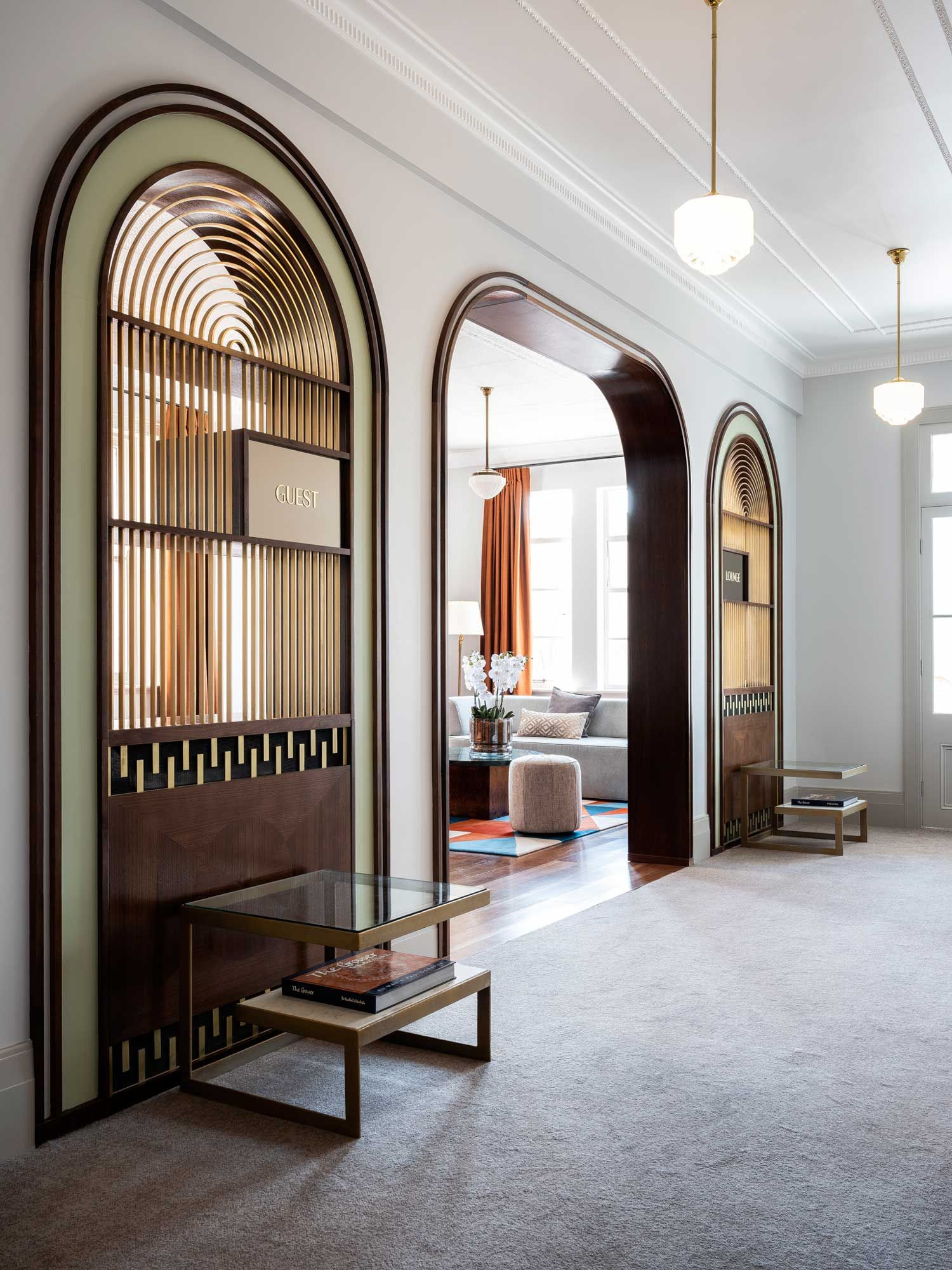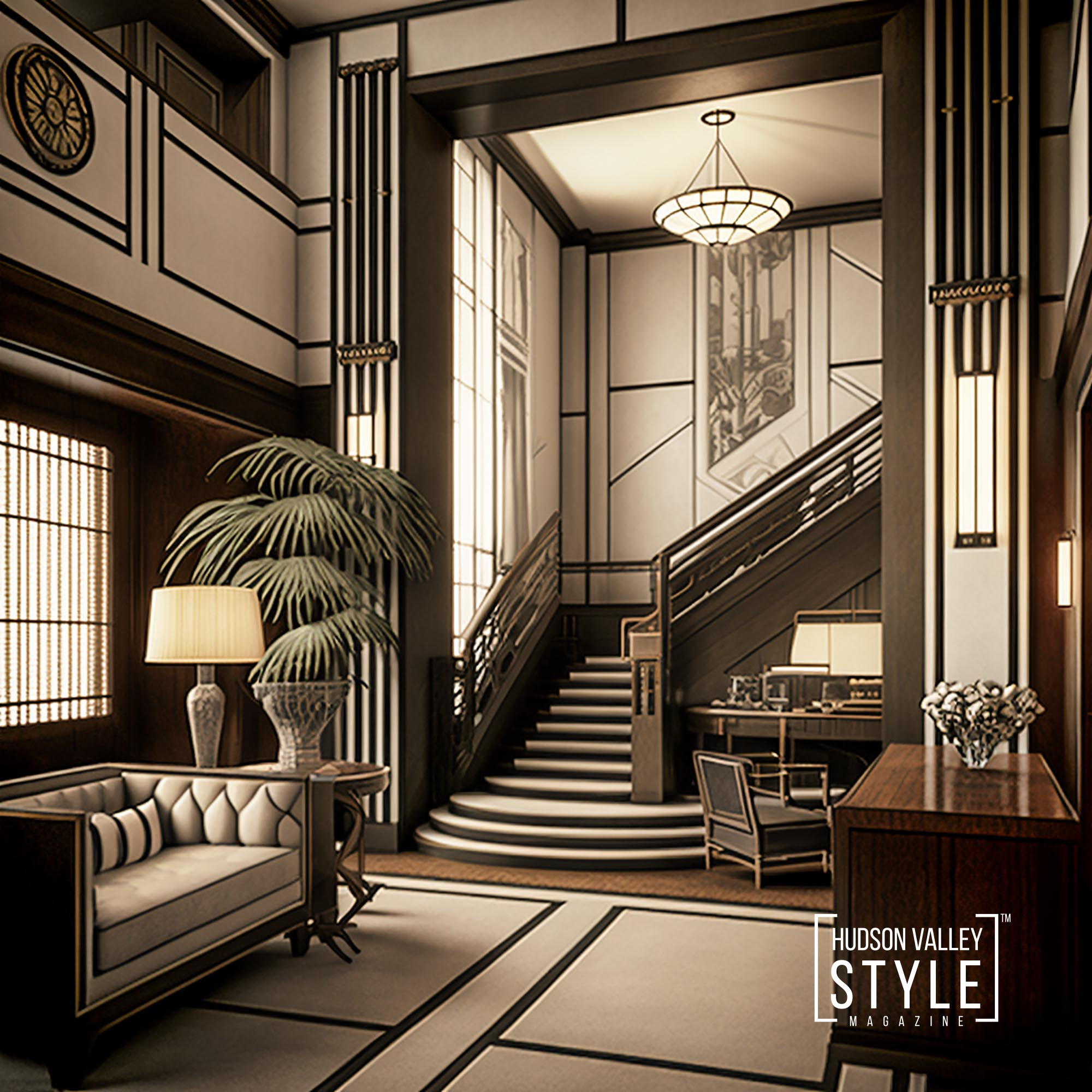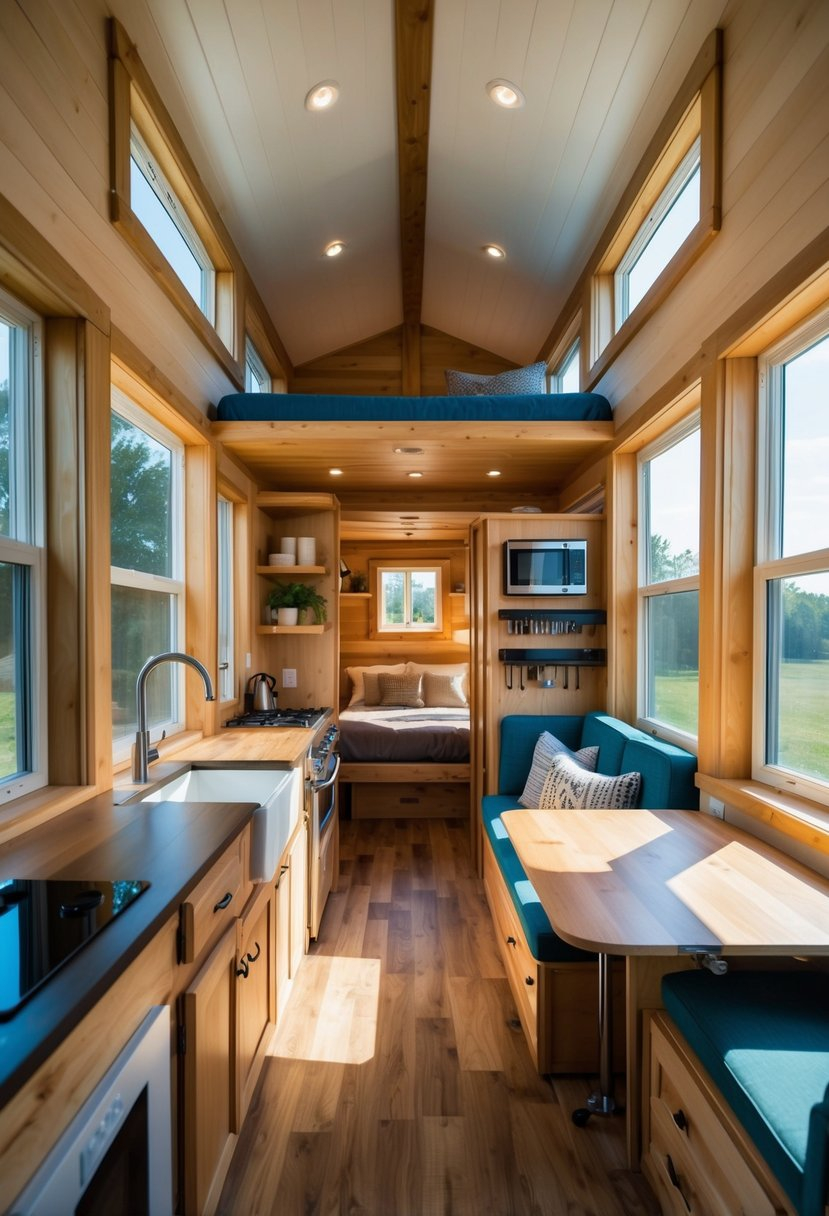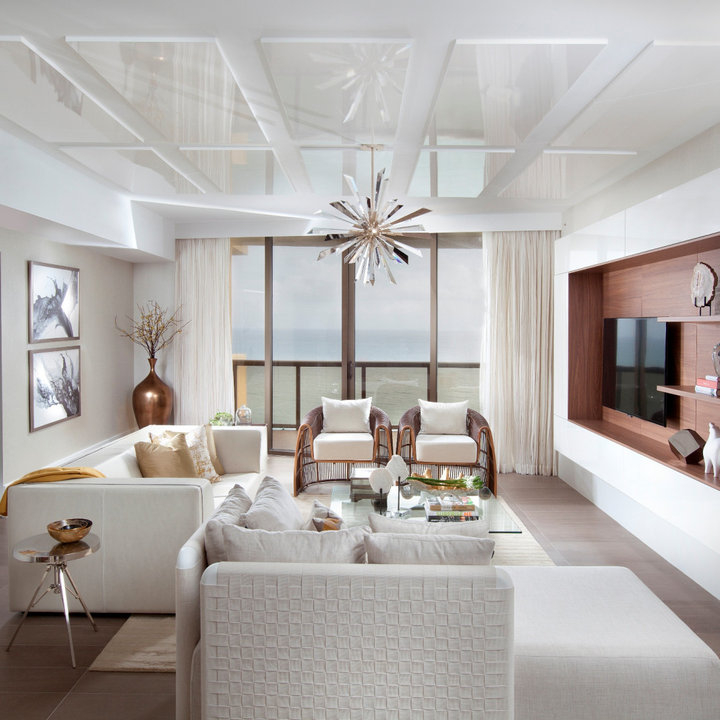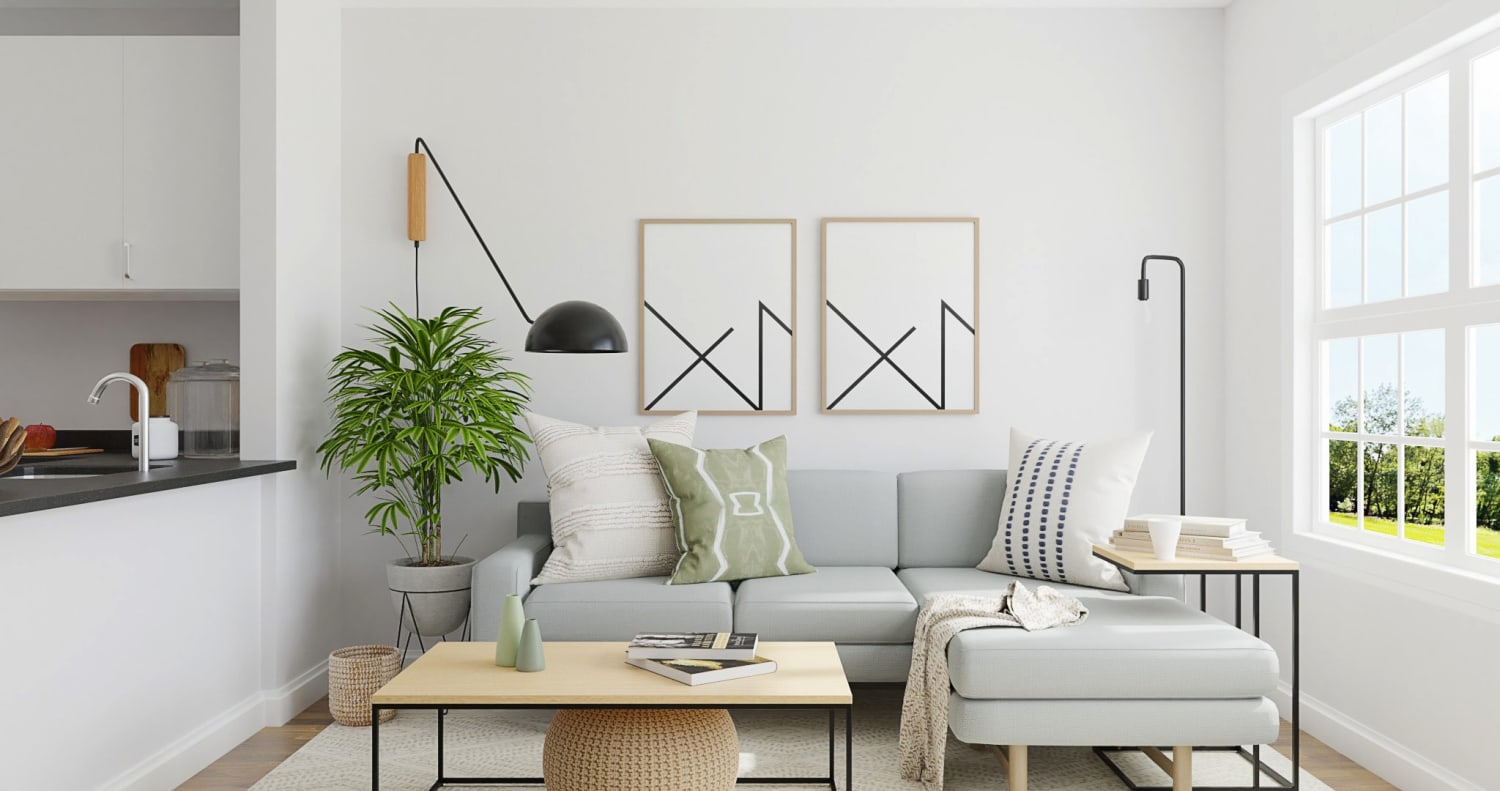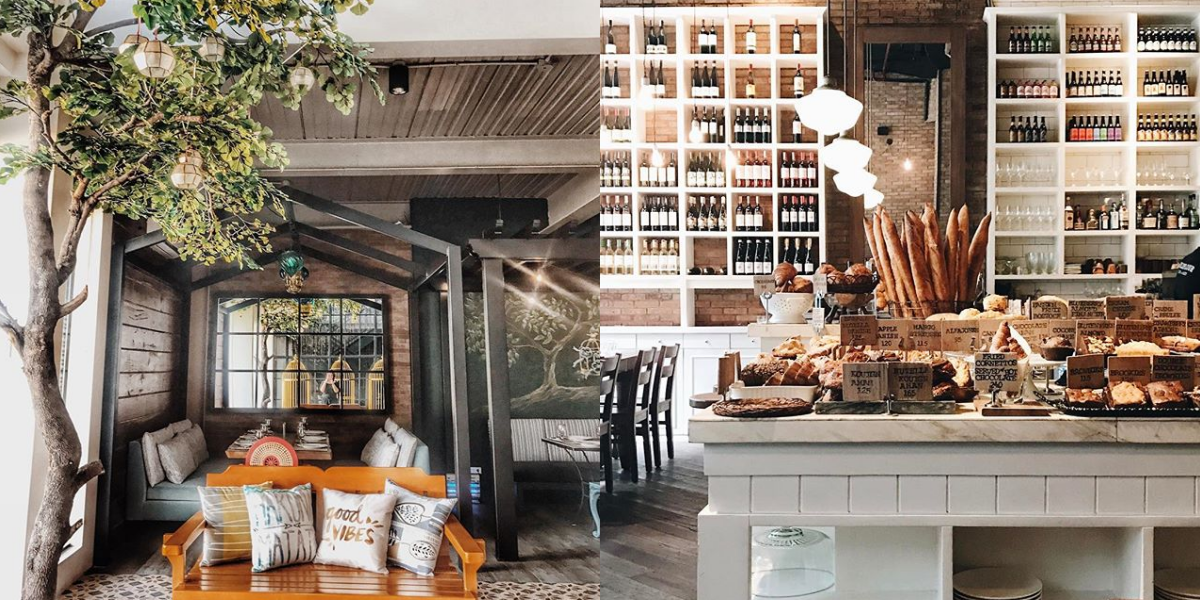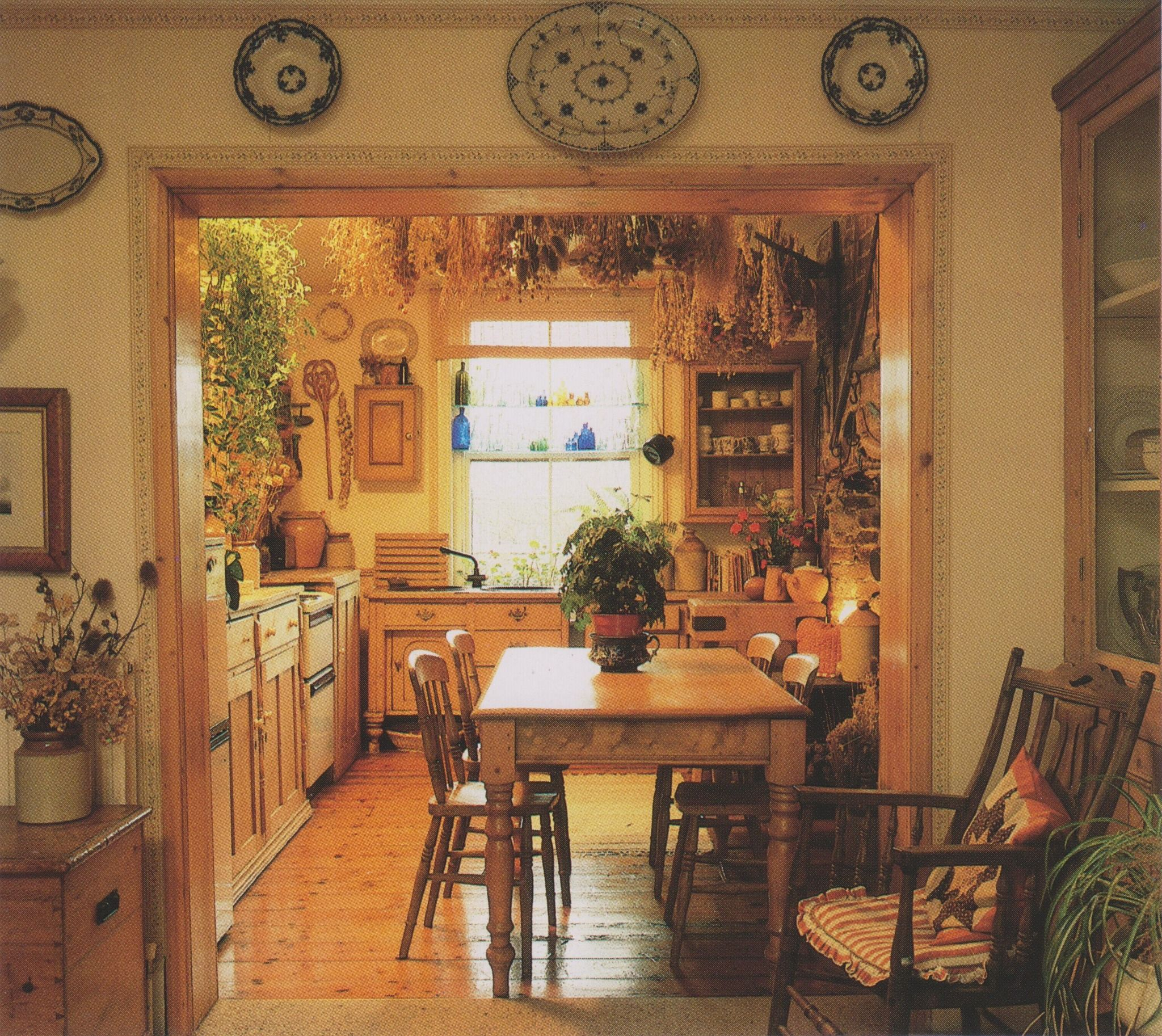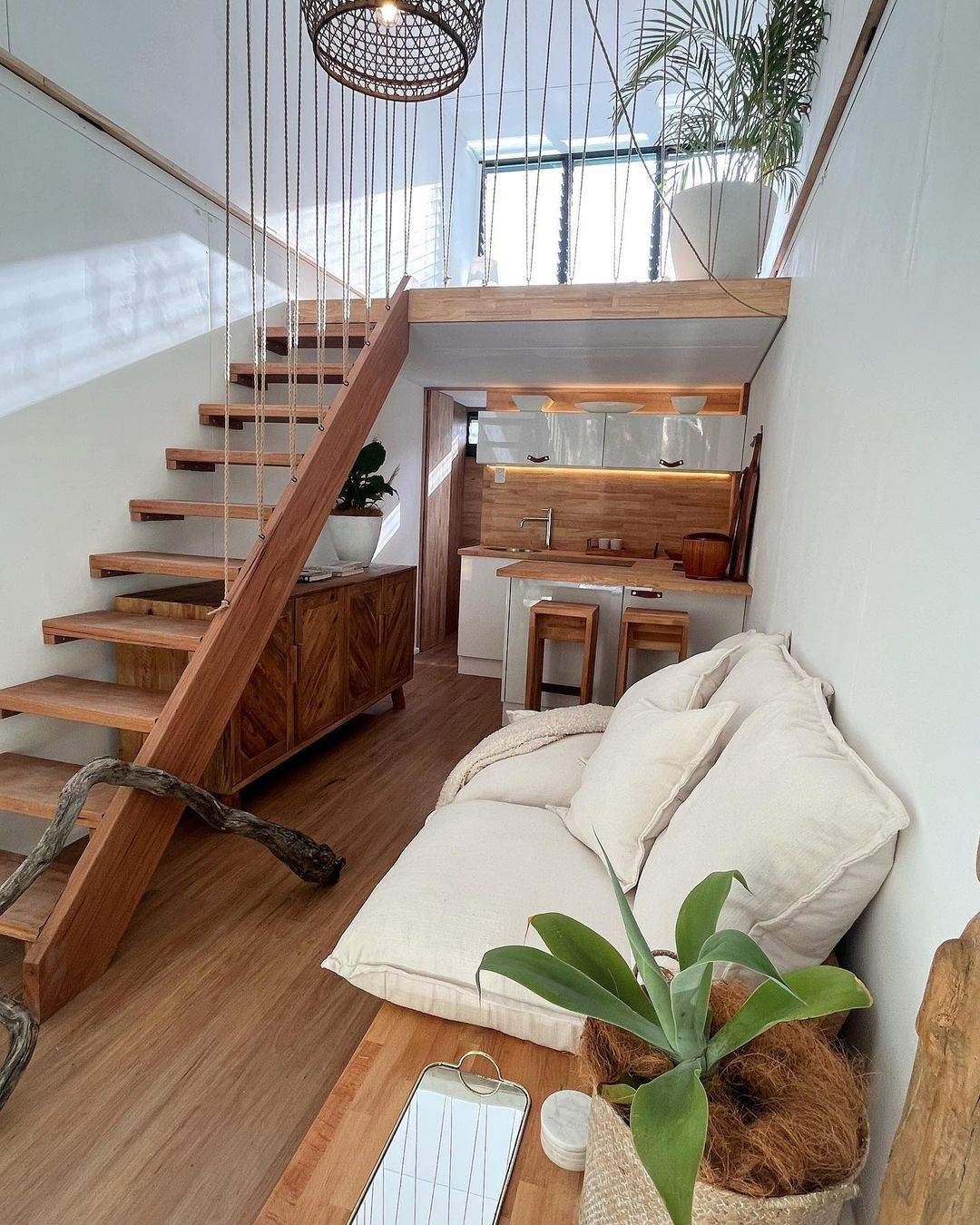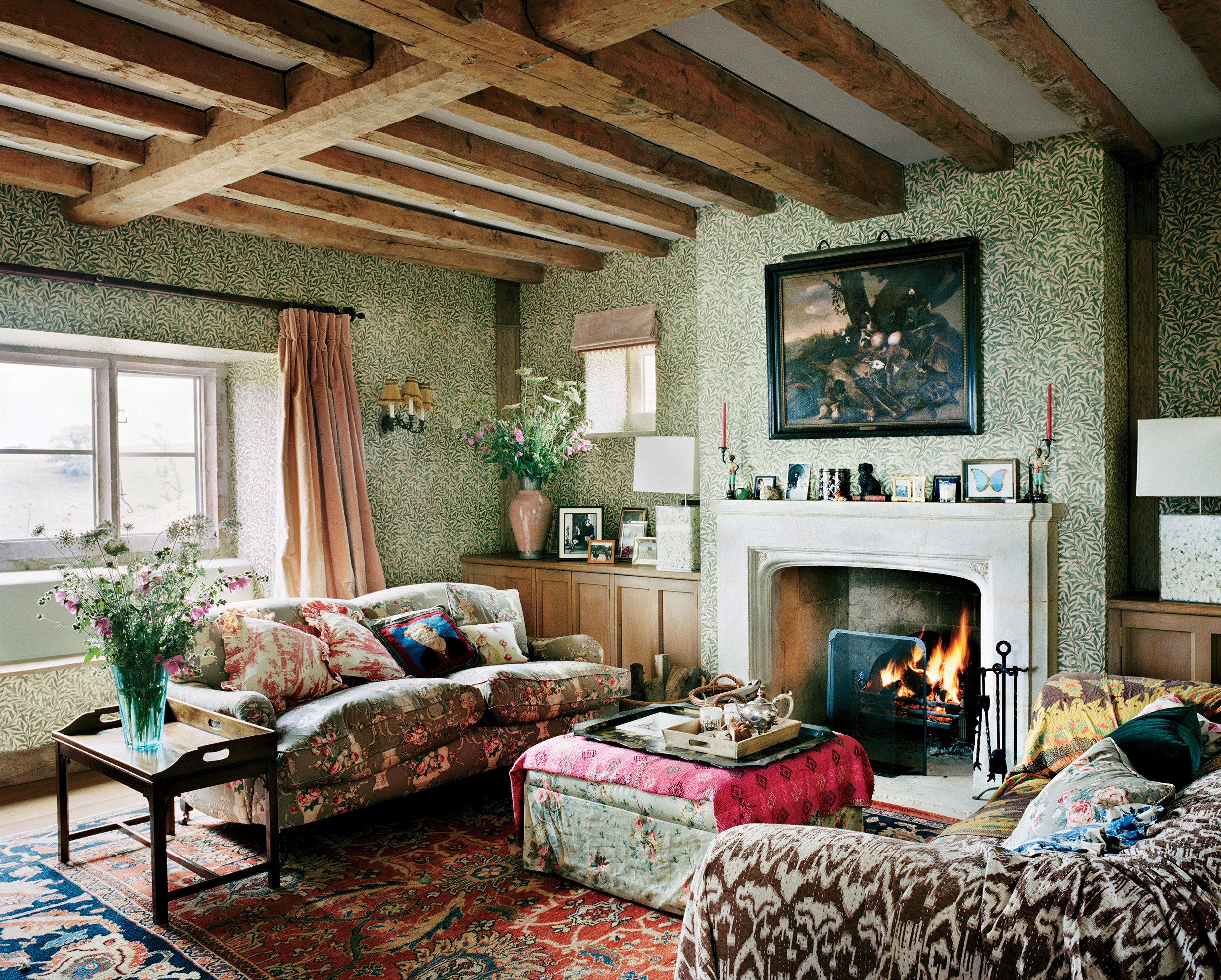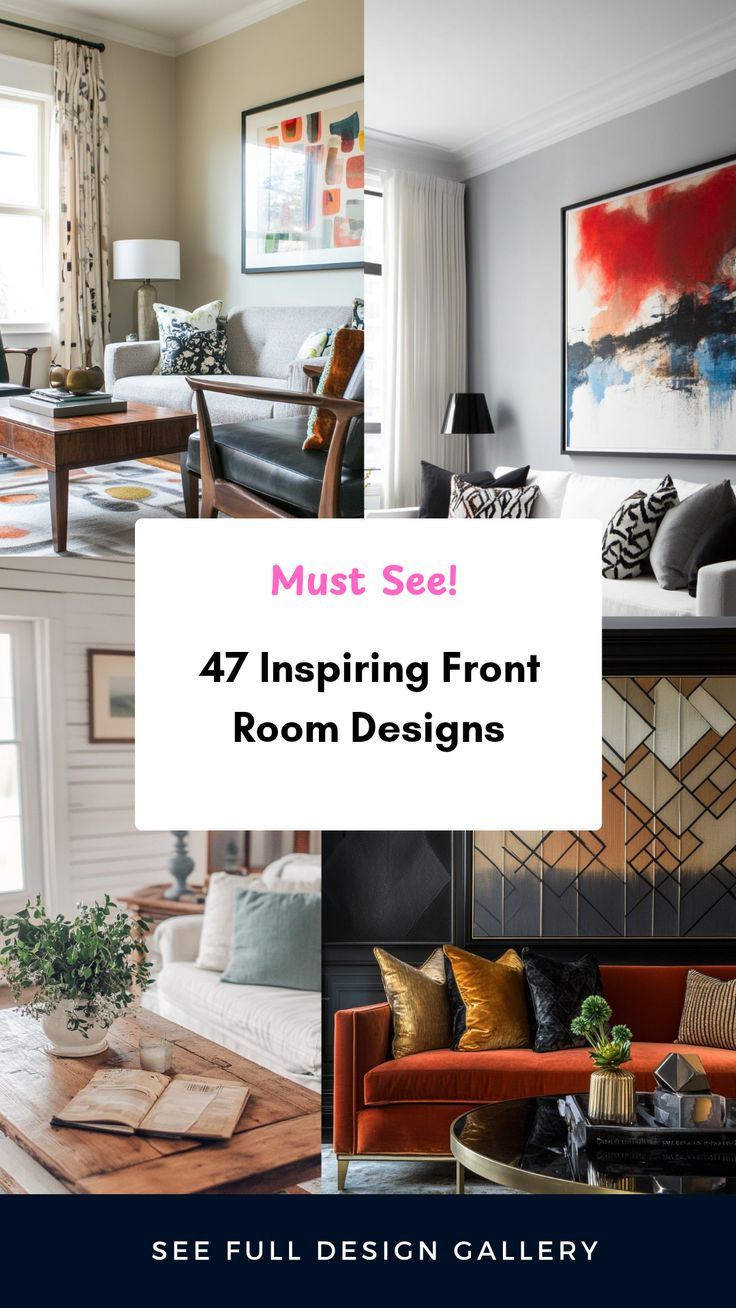Step back in time to an era of unapologetic glamour and bold design. Art Deco interiors are more than just a style; they’re a statement. Think luxurious materials, striking geometric patterns, and a dash of opulence that still captivates today. If you’ve ever admired the sleek lines of a 1930s skyscraper or the plush interiors of a classic film, you’ve likely encountered the magic of Art Deco. Let’s explore what makes this design movement so enduringly chic.
Have you ever walked into a room and felt instantly transported? That’s the power of Art Deco. Flourishing between the 1920s and 1940s, this design style emerged from a world eager for modernity and escapism. It was a reaction against the more subdued styles that came before, embracing the machine age, jazz music, and a spirit of innovation. Art Deco interiors are characterized by their lavishness, symmetry, and a distinctive blend of natural and man-made materials. It’s a style that shouts sophistication and celebrates the joy of living. Ready to dive in? We’ll be looking at the key elements that define this unforgettable aesthetic.
The Iconic Motifs: Shapes That Speak Volumes
One of the most recognizable features of Art Deco is its incredible use of geometric patterns and motifs. Forget fussy florals; Art Deco is all about strong, clean lines and stylized shapes. You’ll see a lot of:
- Chevrons: These V-shaped patterns are everywhere, from textiles to inlaid wood. They add a sense of dynamism and movement.
- Sunbursts: Radiating lines, often depicted emanating from a central point, symbolize optimism and the dawn of a new era. Think of them as a burst of energy for your walls or lighting fixtures.
- Zigzags: Similar to chevrons, zigzags bring a sharp, energetic feel. They’re often found in flooring, wallpaper, and furniture details.
- Stepped Forms: Inspired by the ziggurats of ancient Mesopotamia and the setbacks of skyscrapers, these shapes create a sense of height and grandeur. You’ll see them in furniture profiles and architectural details.
- Fans and Shells: These more organic, yet still stylized, shapes add a touch of elegance and a nod to nature, but always in a very refined way.
These motifs aren’t just decorative; they create a visual rhythm and a sense of order within the space. They’re bold, deliberate, and undeniably stylish.
A Palette of Power: Colors That Dazzle
Art Deco interiors aren’t shy with color. The palette is typically rich, bold, and often employs strong contrasts. While you might find softer pastels in some Art Deco pieces, the defining look often involves:
- Deep Jewel Tones: Emerald green, sapphire blue, ruby red, and amethyst purple are frequently used, lending an air of luxury and richness.
- Metallic Accents: Gold, silver, bronze, and chrome aren’t just for hardware; they’re integral to the look, appearing in finishes, inlays, and decorative elements, reflecting light and adding sparkle.
- Black and White: This classic combination is a cornerstone of Art Deco. High contrast black and white creates a dramatic and sophisticated foundation, often seen in flooring, geometric patterns, and furniture.
- Cream and Beige: These serve as elegant neutrals, providing a grounding contrast to the bolder colors and metallic finishes.
- Terracotta and Ochre: Earthier tones also made an appearance, often in more grounded pieces or as accent colors, giving a subtle warmth.
The key is the confident use of these colors, often in large, impactful blocks or within those striking geometric patterns. It’s a palette that feels both opulent and modern.
Materials Make the Masterpiece: Luxury and Shine
The choice of materials in Art Deco interiors is as important as the patterns and colors. This era celebrated both the luxurious and the industrial, often combining them in surprising ways. Think about:
- Lacquer: High-gloss lacquer finishes, especially in black, red, and white, are quintessentially Art Deco. They provide a sleek, reflective surface.
- Exotic Woods: Macassar ebony, rosewood, and walnut were highly prized for their rich grains and deep colors, often used in furniture and paneling, sometimes with contrasting wood inlays.
- Metals: Polished chrome, stainless steel, brass, and aluminum were used extensively for furniture frames, lighting, decorative trims, and hardware, adding that signature shine and industrial edge.
- Glass: Frosted, etched, and colored glass were common, particularly in lighting fixtures, screens, and decorative panels. Think of those iconic frosted glass lamps.
- Mirrors: Mirrors were used liberally to enhance light and create a sense of spaciousness and glamour. Mirrored furniture and decorative mirror panels were very popular.
- Upholstery: Plush velvets, silks, and leathers in rich colors were favored for seating, adding to the luxurious feel.
This combination of materials created spaces that felt both incredibly refined and excitingly new.
Furniture with Flair: Sculptural and Stylish
Art Deco furniture is a study in strong silhouettes and sophisticated details. It’s often characterized by:
- Sleek Lines and Curves: While geometric shapes dominate, furniture also features elegant, flowing curves, often with a streamlined, aerodynamic feel inspired by the machine age.
- Bold Proportions: Pieces tend to be substantial and commanding, making a definite statement within a room.
- Inlays and Parquet: Intricate inlays of contrasting woods, mother-of-pearl, or metal were common, especially on tables and cabinets.
- Upholstery: As mentioned, luxurious fabrics like velvet and leather in rich hues were popular, often with channel tufting or decorative stitching.
- Geometric Bases: Tables and chairs frequently featured geometric bases or legs, often made of chrome or dark wood.
Think of a sleek, lacquered sideboard with chrome handles, a velvet armchair with a sculptural wooden frame, or a dining table with a sunburst inlay. These pieces are functional art.
Bringing Art Deco into Your Home Today
Want to infuse your space with that Art Deco allure? You don’t need a full renovation. Here are some ideas:
Accent Pieces: Introduce a statement Art Deco-inspired mirror, a geometric-patterned rug, or a striking table lamp. Even a few decorative objects in the style can make a difference.
Color Pops: Paint an accent wall in a deep jewel tone or use black and white in your tiling or wallpaper. Consider metallic spray paint for existing decor items to add a touch of glamour.
Textiles: Swap out your throw pillows for ones with chevron, fan, or sunburst patterns in rich fabrics like velvet or silk. A luxurious throw blanket can also add warmth and style.
Lighting is Key: Art Deco lighting is iconic. Look for fixtures with frosted glass, geometric metal details, or tiered designs. A dramatic chandelier or a stylish wall sconce can instantly elevate a room.
Embrace Contrast: Don’t be afraid to pair bold Art Deco elements with more neutral or contemporary pieces. This creates a balanced and lived-in look. For instance, a vintage Art Deco armchair can look stunning against a plain modern wall.
Remember, it’s about capturing the spirit of Art Deco – the glamour, the geometry, and the confidence – rather than replicating it exactly. A little goes a long way.
The Enduring Appeal of Art Deco
So, why does Art Deco continue to resonate with us? Perhaps it’s the sheer optimism and exuberance it embodies. It was a style born from a period of great change and innovation, and it celebrated progress and beauty with unbridled enthusiasm. The strong geometric forms provide a sense of order and sophistication, while the luxurious materials and bold colors speak to a desire for comfort and indulgence. It’s a style that feels both timeless and incredibly relevant. Whether you’re drawn to its sleek lines, its rich palette, or its opulent materials, Art Deco offers a way to create interiors that are truly memorable and undeniably chic. It’s a design movement that continues to inspire and enchant.
Art Deco interiors offer a captivating blend of glamour, geometry, and luxury. From the iconic sunburst motifs and sharp chevrons to the rich jewel tones and gleaming metallic finishes, every element contributes to its distinctive and sophisticated appeal. By understanding these signature elements—the bold patterns, the dramatic color palettes, the sumptuous materials, and the sculptural furniture—you can begin to appreciate and even incorporate this timeless style into your own living spaces. Whether you’re aiming for a full immersion or just a hint of Deco dazzle, remember to embrace the confidence and joy that defines this unforgettable era. Go ahead, add a touch of Art Deco glamour to your world.

